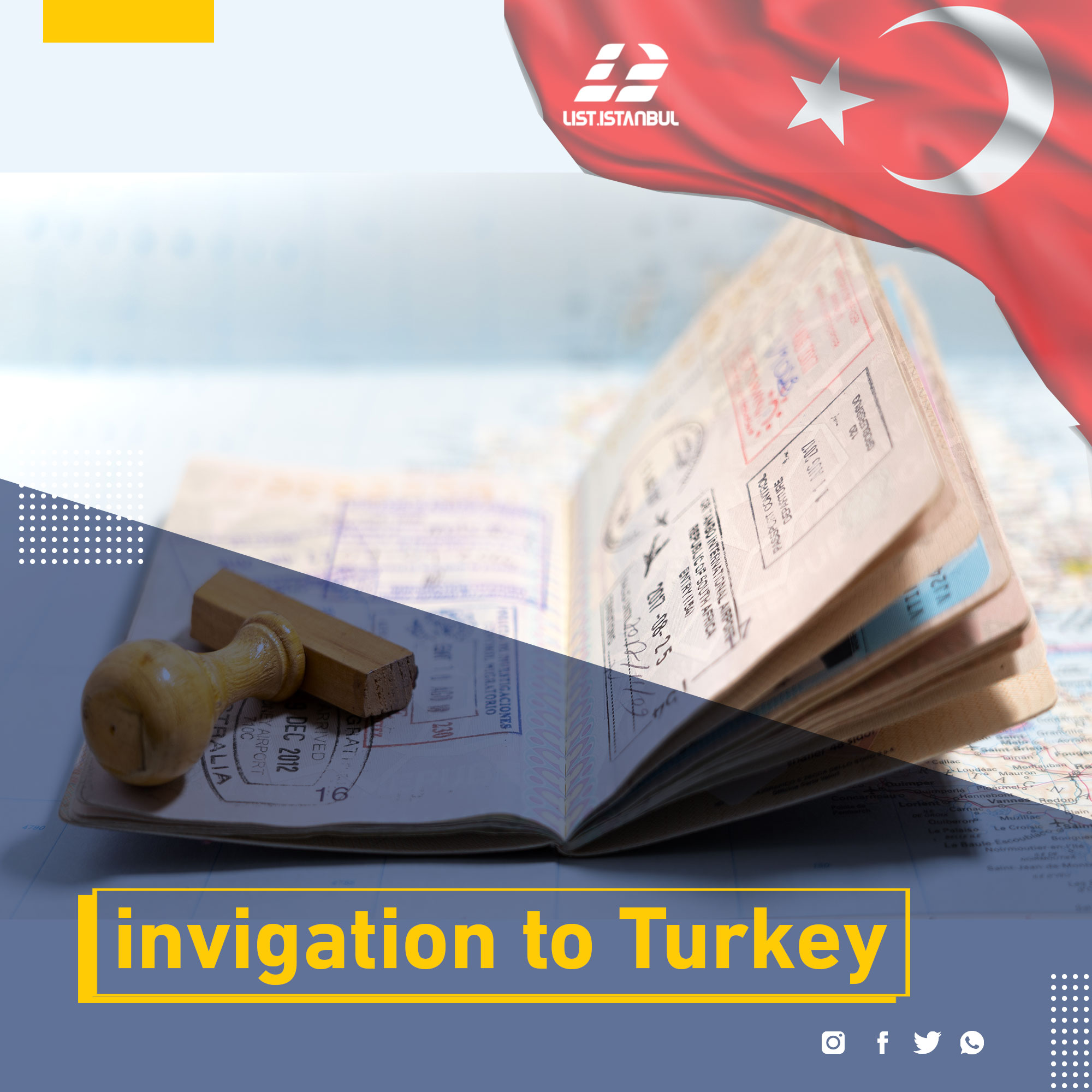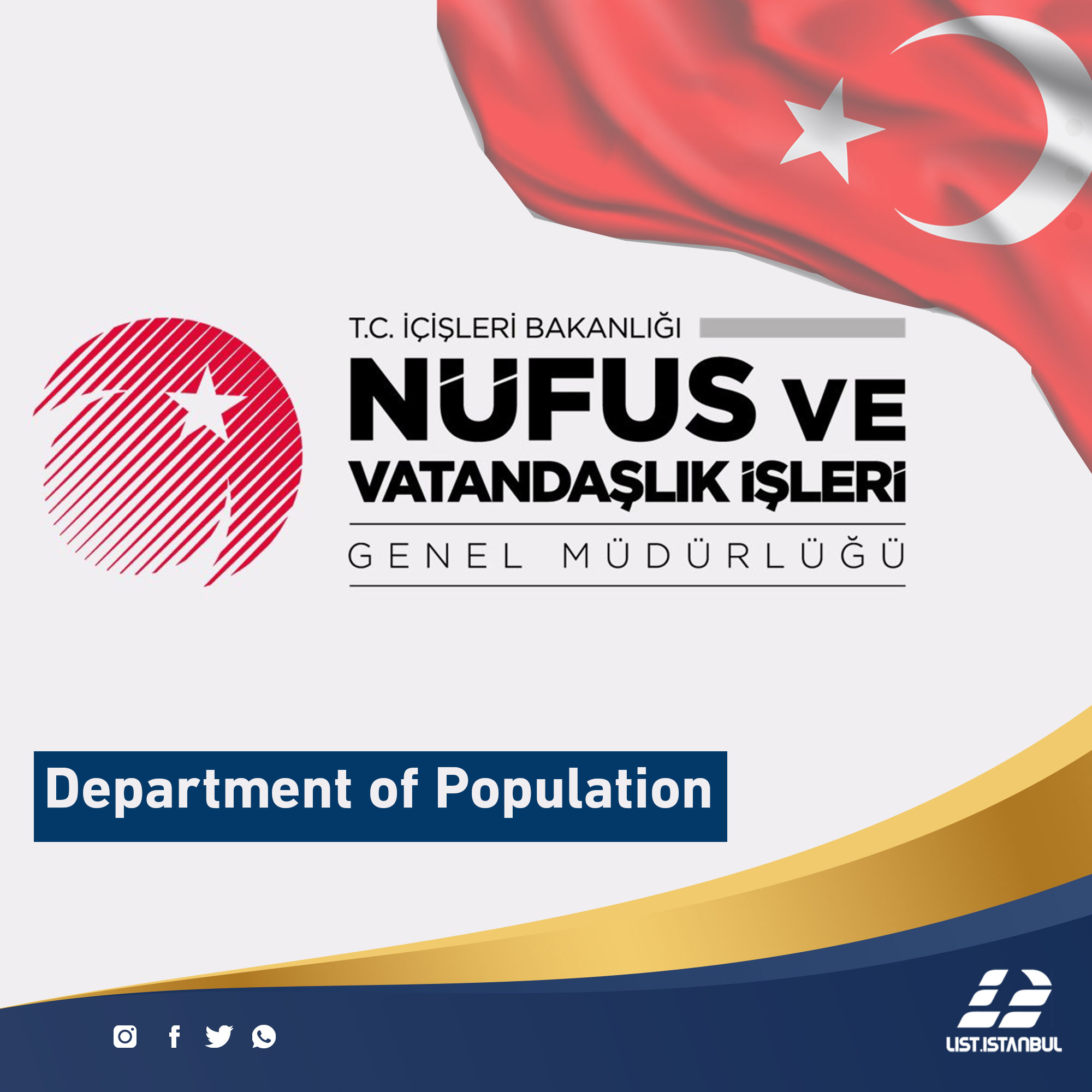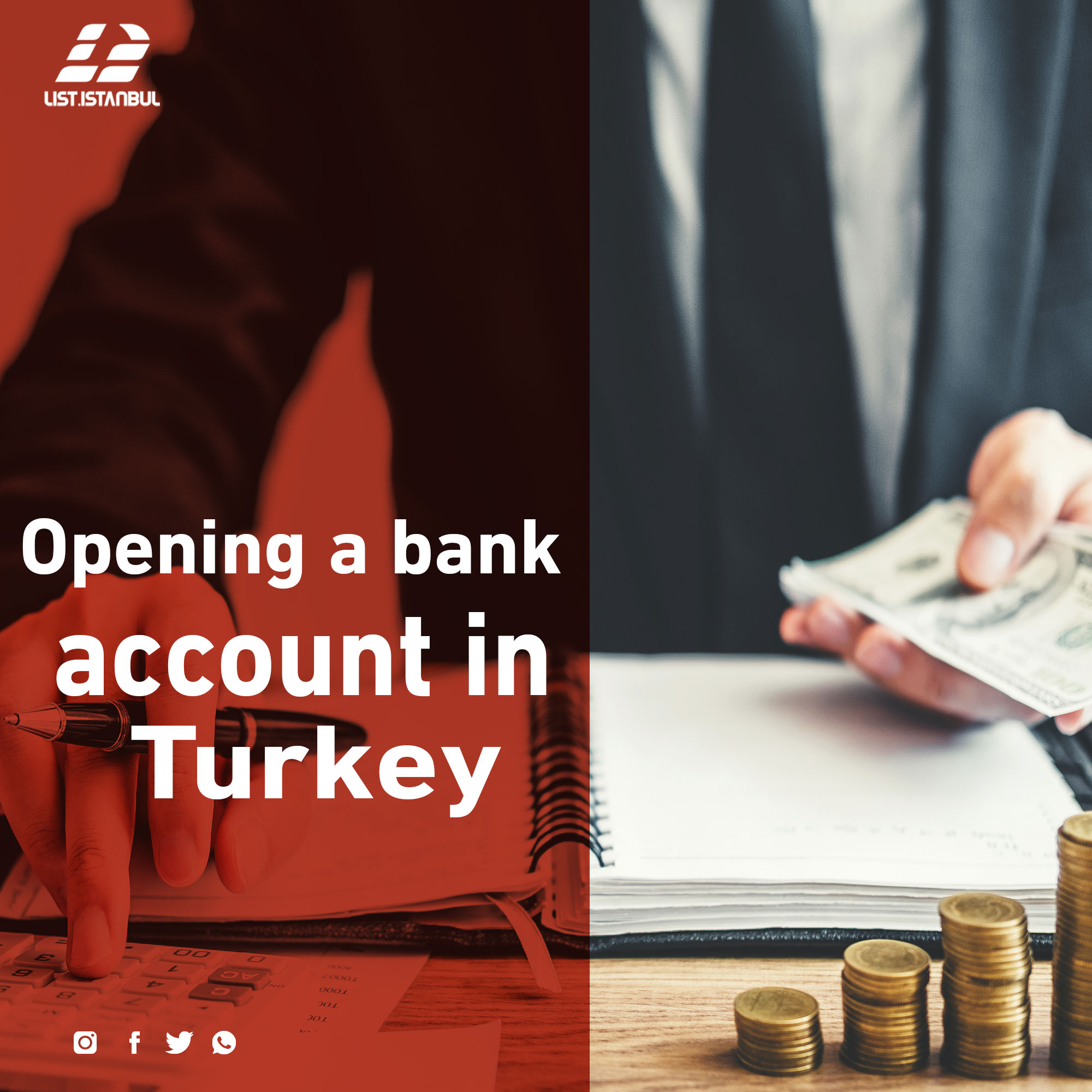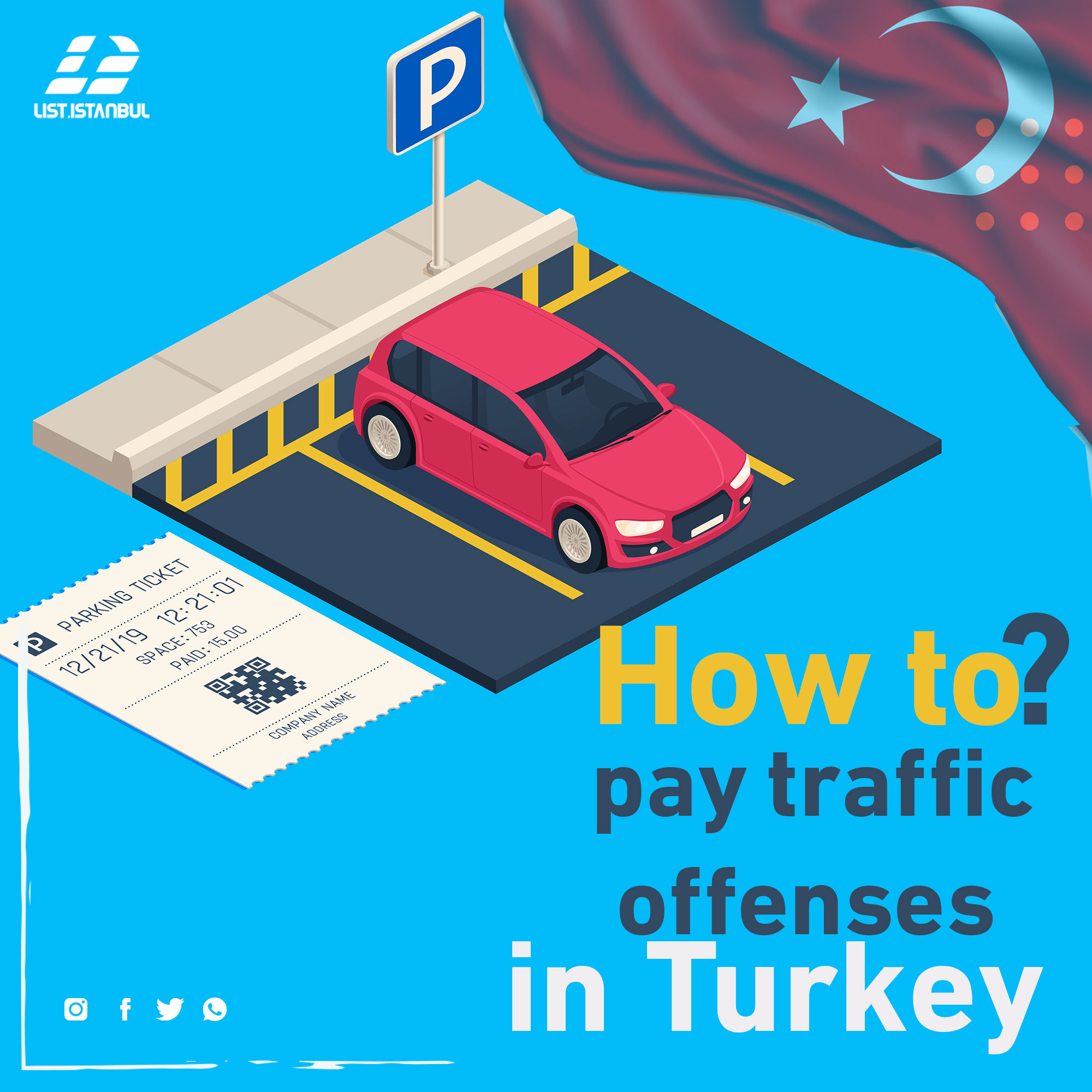Distance learning characteristics
Since distance learning is a flexible educational system characterized by traditional learning systems, it seeks to distribute learning in time and space and encourage self-learning, as well as helping the individual to choose his or her way freely. Therefore, there are several characteristics of distance learning from other systems or methods Learning, and the most important of these characteristics are:
Provide the transfer of the teacher and student to the university or institute, because this type of education does not require meeting the teacher and the learner face to face.
Overcoming the problem of time and space, because the use of educational methods, techniques and written texts can take place in the place and time in which the learners are present, while the learner must devote himself to learning.
Integration between the two classroom systems and the credit hours system in a way that achieves the advantages of both systems and avoids the greatest drawbacks.
The distance learning agreement with the normal system followed in terms of the content of the scientific subject and objectives, although differed in the strategies and conditions of the learners.
This kind of learning can be developed without restrictions imposed by some of the parties that can impose restrictions on normal systems.
Distance Learning Objectives
Distance learning has several objectives, most important of which are:
To create appropriate and appropriate educational conditions for the needs of learners in order to continue the learning process.
Helps provide cultural approaches to all learners and provide them with knowledge.
Multiply educational opportunities for women and housewives.
In line with ongoing technical and technological developments.
Contribution to literacy and adult education.
To meet the need of the community to qualified people in various disciplines and to support stability in society.
Providing opportunities for continuing education and learning for those who do not allow them to have the ability or ability to continue learning.
Providing opportunities for higher education and training in various fields of knowledge, science and culture.
Contribute to enabling students to study when they respond, as well as enabling them to study and work.
Contribution to the preparation of individuals who possess knowledge, skills and capabilities.
Providing educational curricula that meet labor market requirements and development plans.
Distance learning methods
There are many methods of distance learning. Each of these methods reflects a particular phase of the learning interaction in the development of distance learning. The increasing sophistication of information and communication technologies has reflected on the expansion of their educational uses and the emergence of new, more effective methods of distance learning, Some of the most important methods that proved successful in distance learning are:
Method of learning by correspondence
Sending the printed material to the learner and then the learner to comment on it and ask questions and inquiries about it and then returned to the teacher, and e-mail is now the main means in the work of the Internet and this method of traditional methods of distance learning, separating teacher and learner space, In order to fill the learning space. This method can give individuals the opportunity to receive university education, as well as providing employees with a database of their workplaces, audiovisual, using floppy disks, compact discs, telephones, radio or television.
Multimedia Method
This method is based on the use of written text to learners, through basic records of distance learning approaches and a base from which all other systems or methods of service delivery are based. There are various forms of printing, such as references, study guides and methodological books. (Separately) from their teachers and colleagues as they are connected to high-capacity electronic communication networks.
The visual conferencing method
It is a similar style of learning that takes place within the classroom, but learners are and hear from the teacher, ask questions and interact with the subject posed by the teacher. But this method needs to be prepared ahead of time and longer than the traditional classroom. It is necessary to prepare scientific material and media, as well as train the teacher to quickly acquire the learner's attention and attention, while training the teacher and learner to use the technology effectively.
Method of printed materials
This method is the basis on which all systems or methods are used to provide educational curricula. Printed materials, such as textbooks, course plans, exercises, abstracts, tests, etc., vary.
Virtual Learning Method
In this method the transfer of scientific material and communication between teacher and learner, through the web and e-mail, although the age of this method of education is close, but it is increasing steadily so that distance learning is often meant only this technique, Between teacher and learner simultaneously or asynchronously.
Method CDs
It is a good and important means of transferring information and has the ability to store as much data and data as possible and to operate it in a high quality. This is widely used in distance learning, but the materials remain restricted within the limits set by the program designer. The learner can correct the method, which helps self-learning, but producing and preparing it takes more time and cost.
Distance learning
This method is based on the overall interaction between the teacher and the learner remotely through audio and visual communication and learning channels transmitted through or through satellites.








